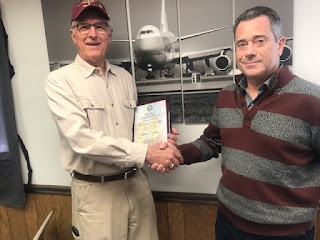Fwd: Asiana crash investigation
The NTSB is the lead investigator of Asiana Airlines flight 214, a Boeing 777 that broke apart and burned after crash-landing short of the runway. Two teenage Chinese passengers were killed, and more than 180 other people were injured in the first fatal accident involving a 777 since the plane was introduced in 1995.NTSB Chairman Deborah Hersman was due to brief reporters Tuesday. On Monday, she said the plane was below its target landing speed for more than half a minute before impact. That information expanded on data released Sunday that indicated the plane was below speed during the final seven seconds.Hersman said the plane was traveling at 134 knots, or nautical miles per hour, 34 seconds before impact, well below the landing speed of 137 knots. The plane continued to slow down and when it hit the ground, the speed was 106 knots, she said.Hersman cautioned on Monday that the NTSB and other agencies were still interviewing the four pilots from the flight, and she said it was premature to draw conclusions. She also said the flight data recorder would be cross-checked with air traffic control logs, radar and the cockpit voice recorder.Asiana Airlines, based in South Korea, has said the pilot at the controls, Lee Kang-kuk, was still training on Boeing 777 jets and his supervisor was making his first flight as a trainer. Lee had 43 hours of experience flying the long-range jet, the airline said.Earlier Tuesday, Hersman said in a TV interview that the agency wanted to understand the pilot's experience.Aviation experts said the low speeds during the plane's final approach suggested that the pilots probably had time to realize the plane was stalling and to react.Passengers also have reported that the plane was rolling from side to side during the approach, which in calm winds is another indication of stalling, said Hans Weber, president of TECOP International Inc and an aerospace consultant who has been an adviser to the FAA.As soon as a plane goes below the minimum speed for a landing, there should be a vibration in the controls meant to warn pilots of a stall, he said."If they had commanded full throttle at that point," Weber said, "there's a good chance they would have made it."

